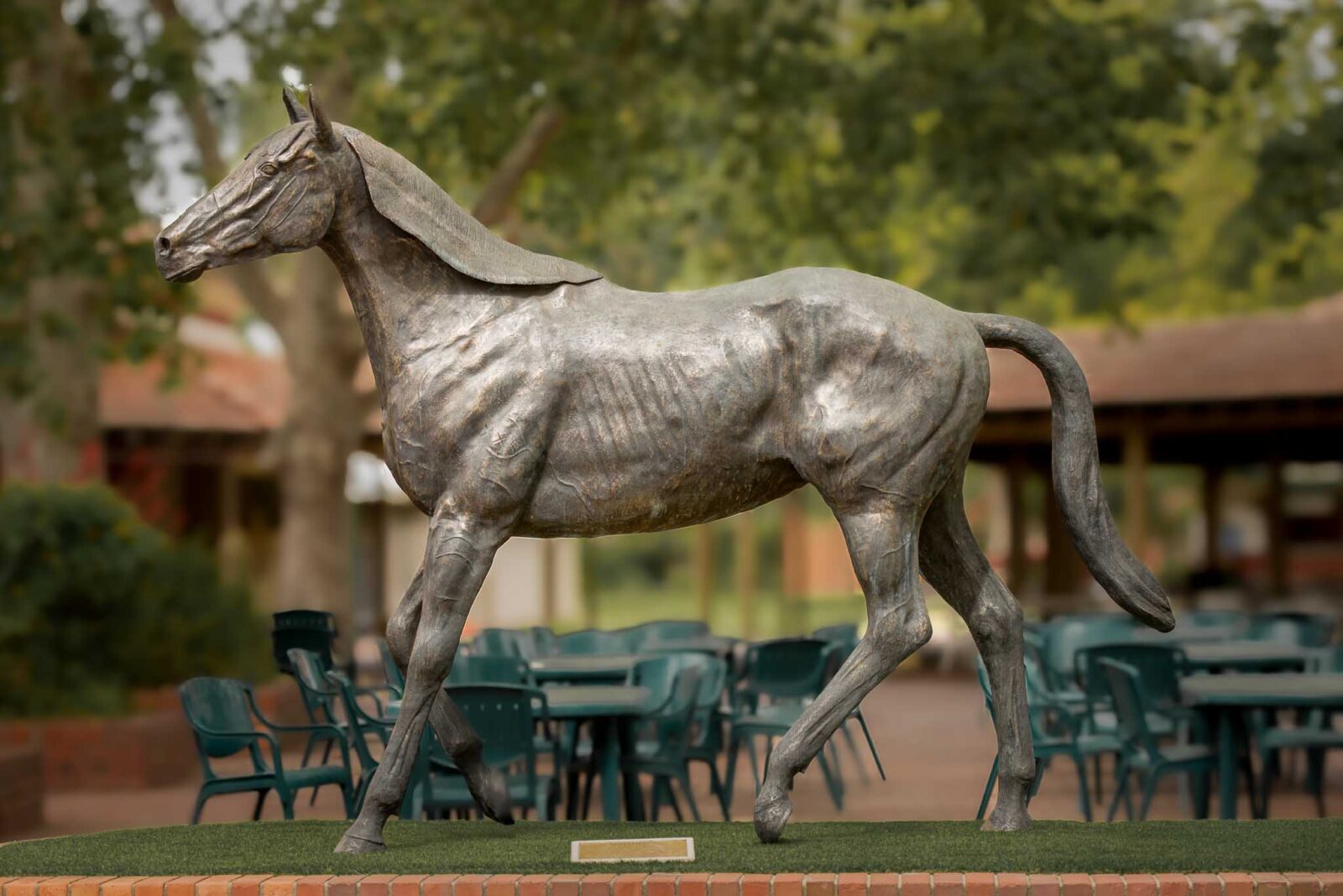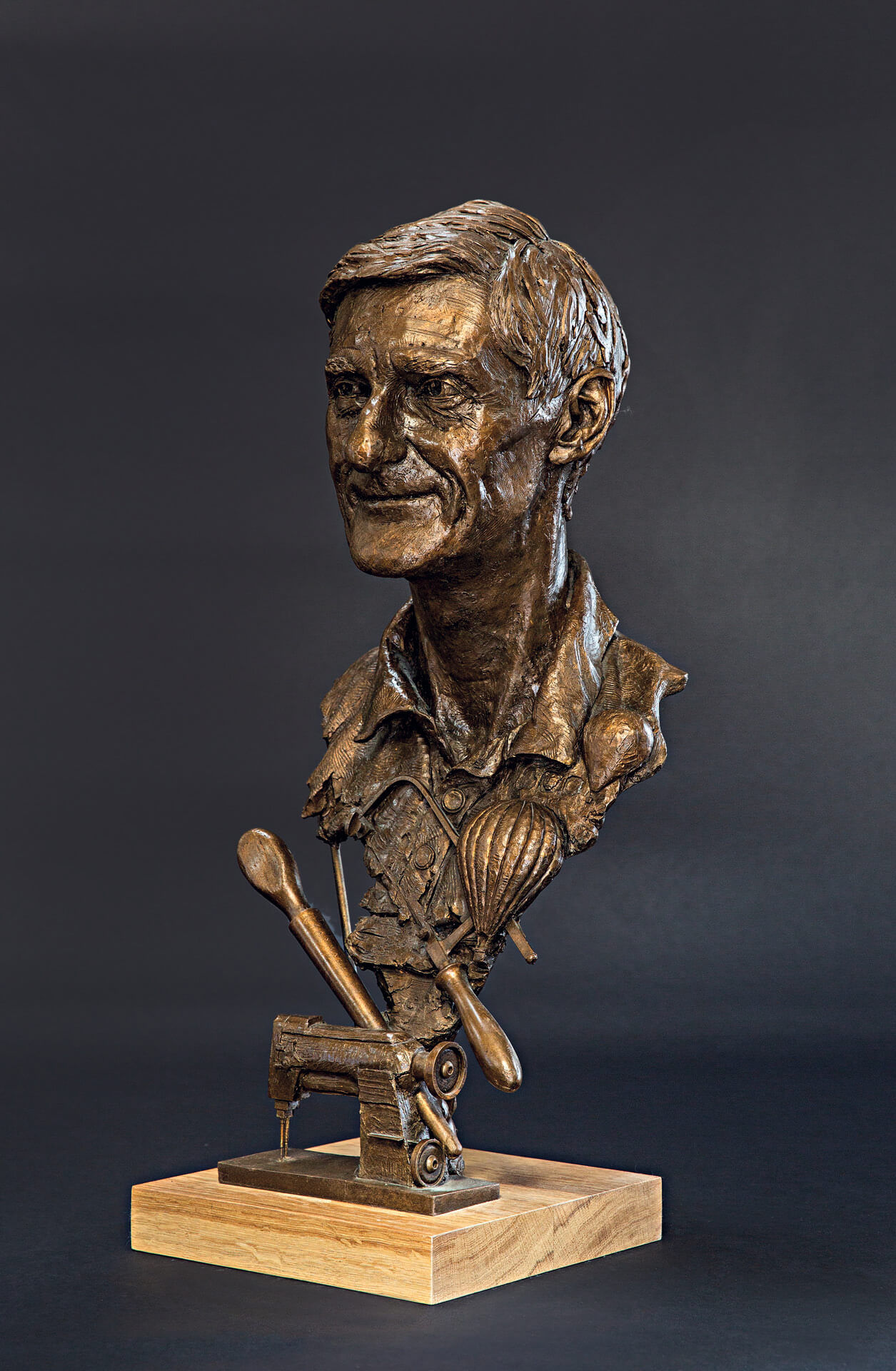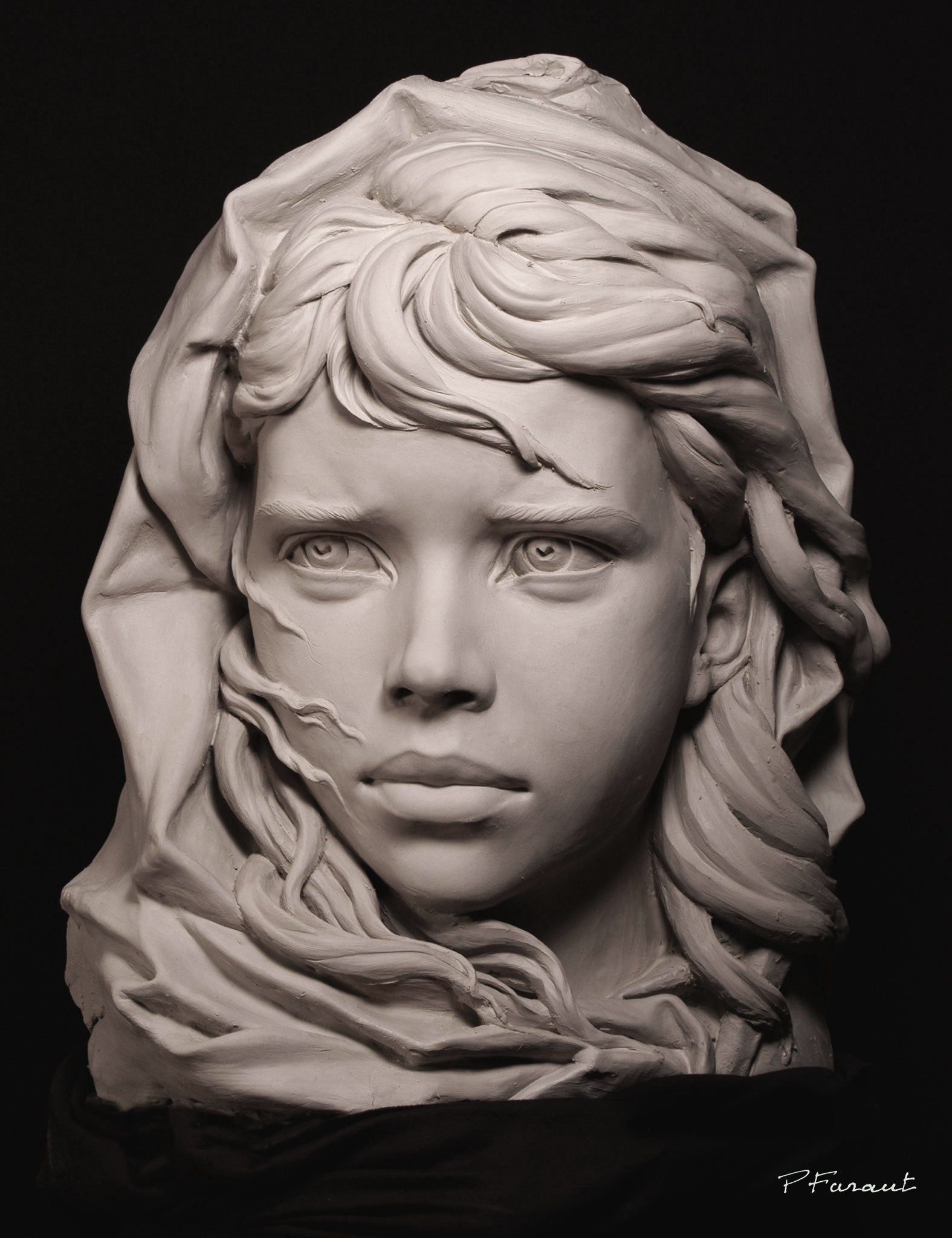The Evolution of Sculptures: From Old to Modern
The Development of Sculptures: From Old to Modern. Robert C Hitchcock Sculptor.
Sculpture, one of the earliest types of art, has actually been an important component of human world for millennia. From the ancient people of Egypt and Greece to the modern-day age, sculptures have advanced, showing changes in creative strategies, materials, and cultural impacts. This trip with time traces the development of sculptures, checking out the changes in vogue, subject, and imaginative expression.
Starting with the ancient globe, sculptures crafted from stone and later on bronze captured the significance of divine beings, leaders, and daily life. The Renaissance duration experienced a resurgence of timeless sculpting methods, as musicians looked for to replicate the stylish types of ancient Greek and Roman sculptures (Portrait Sculptor). In the modern-day age, artists challenged standard limits, welcoming abstraction and trial and error with brand-new products
This expedition will look into the varied development of sculptures, exposing the rich tapestry of artistic expression across various periods and cultures.

Ancient Sculptures: From Stone to Bronze
Old sculptures transitioned from being taken of stone to being cast in bronze. This shift noted a significant evolution in the art of sculpture, allowing for greater refinement and information in the ended up jobs. Stone sculptures, while remarkable in their very own right, were restricted by the nature of the product. Rock needed comprehensive forming and carving, often leading to a much more streamlined representation of the subject.
The introduction of bronze as a tool for sculptures caused a revolution in imaginative expression. Bronze offered sculptors the opportunity to create realistic and intricate forms that were not possible with stone. The process of casting bronze permitted the development of multiple copies of a sculpture, allowing larger circulation and conservation of these imaginative masterpieces.
The transition from stone to bronze likewise saw a change in the topic of sculptures. While stone sculptures mostly depicted gods, sirens, and mythical numbers, bronze sculptures began to reflect a more comprehensive series of topics, consisting of everyday individuals and pets. This expansion of subject showcased the adaptability and flexibility of the bronze medium.
Renaissance Resurgence: Forming in the Classic Style
The Renaissance resurgence of sculpture saw a rebirth in the classic style, structure upon the innovations made during the transition from stone to bronze in old sculptures. Throughout this duration, artists looked for to recreate the timeless visual and perfects of beauty that were common in ancient Greek and Roman sculptures.
Among the vital characteristics of the Renaissance resurgence was the emphasis on naturalism and the human type. Carvers like Donatello and Michelangelo aim to catch the physiological details and expressions of their subjects with unprecedented precision. They examined the human body and incorporated their monitorings into their sculptures, causing practical and natural representations.
An additional vital aspect of the Renaissance rebirth was the exploration of perspective and deepness. Musicians made use of strategies such as contrapposto, where the weight of the body is shifted away, developing a sense of movement and dynamism. They additionally explore different products, consisting of marble and bronze, to achieve a level of class and ins and out in their sculptures.

Innovation and the Avant-Garde: Breaking Standard Borders
During the Modernism and Avant-Garde movements, sculptors pressed the borders of standard creative conventions. This period, which emerged in the late 19th and early 20th centuries, saw a dramatic shift in the method artists approached sculpture. Declining the concept of art as simple imitation, modernist artists sought to explore new forms, materials, and concepts.
Among the key qualities of modernist sculpture was the focus on abstraction. Carvers moved away from reasonable representations and rather concentrated on capturing the essence of the subject with streamlined types and geometric forms. This separation from conventional representation enabled musicians to reveal their feelings and concepts in a much more individual and subjective fashion.

Contemporary Sculptures: Checking Out New Products and Concepts
With a concentrate on exploring new materials and concepts, modern sculptures have actually transformed the field of art. Artists today are pressing the limits of typical sculpture by making use of cutting-edge materials and experimenting with abstract concepts. These sculptures test traditional notions of type, meaning, and materiality, inviting audiences to engage in a new and thought-provoking imaginative experience.
Contemporary artists are welcoming a large range of materials, including plastic, glass, steel, and also raw material. They are not restricted to the typical medium of stone news or clay, permitting better civil liberty and testing. This change in the direction of unusual products has actually opened up new possibilities for artists to create sculptures that are vibrant, interactive, and aesthetically striking.
Along with checking out new products, modern sculptures also look into facility and abstract concepts. Artists are now discovering styles such as identity, social concerns, and the environment, using sculpture as an effective medium for social discourse and self-contemplation. These sculptures challenge audiences to think seriously and engage with art on a much deeper level, triggering discussions and provoking psychological reactions.
Global Impacts: Sculptural Traditions From Around the Globe
Sculptural traditions from various areas of the globe have considerably formed the development of sculptures throughout history. The global influences on sculpture have actually varied and have actually added to the richness and selection of creative expressions. From the old worlds of Egypt, Greece, and Rome to the intricate makings of Eastern cultures, each area has actually established its one-of-a-kind sculptural practices that have actually affected artists throughout time.
In old Egypt, sculptures were created mostly for funerary and religious functions. The legendary sculptures of pharaohs and gods, such as the Great Sphinx and the breast of Queen Nefertiti, display the Egyptians' proficiency of stone carving and their idea in the immortality.

In old Rome, sculpture offered both creative and political objectives. Roman sculptures often portrayed emperors, generals, and mythological numbers, reflecting the power and grandeur of the realm. The marble sculpture of Augustus of Prima Porta and the huge Arch of Constantine are notable instances of Roman sculptural success.
Oriental sculptural traditions, especially in India, China, and Japan, have likewise had a profound influence on the evolution of sculptures. Indian sculptures, such as the elaborately sculpted temples of Khajuraho and the colossal sculptures of Buddha, show an abundant blend of religious, mythical, and building elements. Chinese sculptures, identified by their fine workmanship and attention to detail, commonly portray deities, animals, and famous figures. Japanese sculptures, influenced by Buddhism, stress simpleness and tranquility, seen in the serene sculptures of Buddha and the sophisticated art of bonsai.
The international impacts on sculpture continue to evolve in the modern-day period. Musicians today draw ideas from numerous sculptural practices, incorporating new materials, strategies, and concepts to develop ingenious and thought-provoking artworks. The combination of various social influences has actually triggered a dynamic and varied sculptural landscape, reflecting the interconnectedness of our international culture. As we aim to the future, it is particular that the international impacts on sculpture will proceed to shape and redefine this old art form.
Verdict
Finally, the advancement of sculptures has actually seen a change from old stone and bronze works to the timeless rebirth during the Renaissance. This was followed by the breaking of traditional borders via modernism and the progressive movement. Today, modern sculptures explore new materials and ideas, while also attracting inspiration from global sculptural practices. The journey of sculptures reflects the ever-changing imaginative expressions and social influences throughout history.
From the ancient human beings of Egypt and Greece to the modern age, sculptures have actually evolved, reflecting adjustments in imaginative techniques, materials, and social impacts.Beginning with the old globe, sculptures crafted from rock and later bronze captured the essence of divine beings, leaders, and day-to-day life.Ancient sculptures transitioned from being carved out of stone to being cast in bronze. While stone sculptures mostly depicted gods, goddesses, and mythological figures, bronze sculptures began to show a more comprehensive array of subjects, consisting of everyday people and animals.In conclusion, the development of sculptures has seen a shift from ancient rock and bronze functions to the classic rebirth throughout the Renaissance.